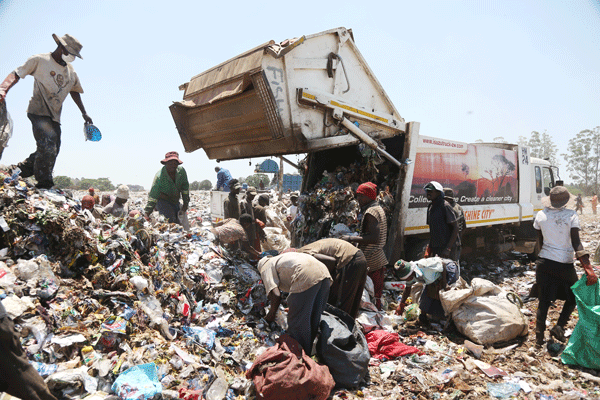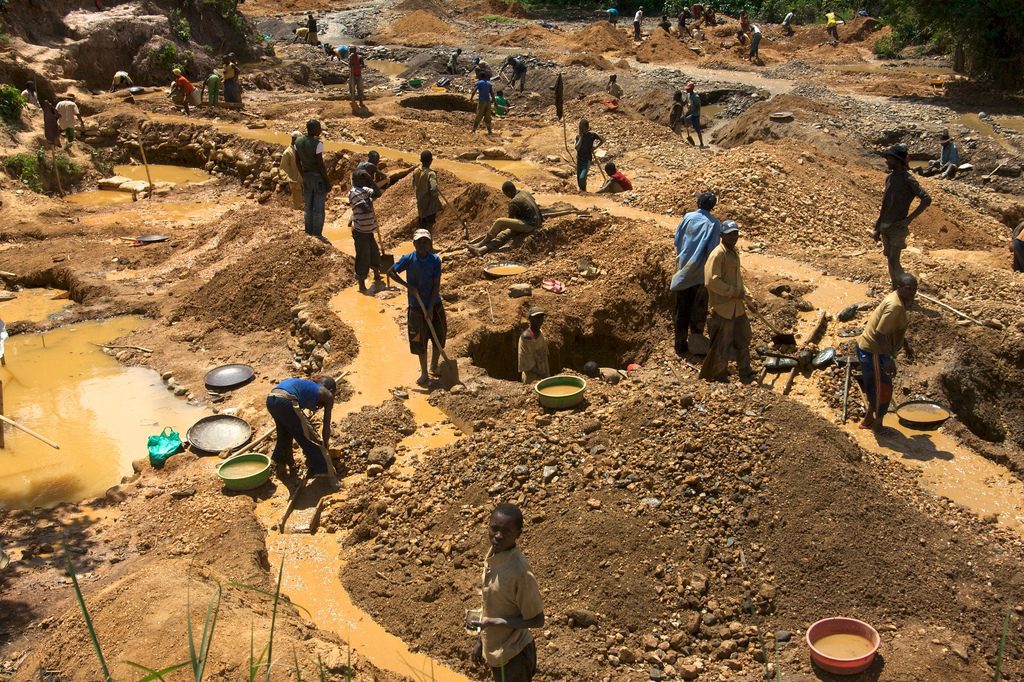Majority of small-scale miners need mechanisation support
A ROBUST framework must be put in place to scale up the mechanisation of small-scale miners in Zimbabwe who continue to use hand tools despite contributing 60 percent formal gold deliveries, the Zimbabwe Miners Federation (ZMF) has said.
The small-scale mining sector has become the dominant gold producer in the country after overtaking established mining companies in the last few years. Latest data from Fidelity Printers and Refiners, the country’s sole gold buying unit, show that the bulk of gold output during the seven months of 2020 came from small-scale miners who delivered 7,128 tonnes while large scale producers accounted for 4,89 tonnes.
However, this sector continues to operate under inadequate conditions in terms of limited mechanisation and health and safety. Given adequate support, small scale miners could producer more and quicken the pace towards realisation of an upper middle-income economy national vision by 2030.
“Over 80 percent of small-scale miners in the country are yet to be fully mechanised and yet mining contributes over US$3 billion to the economy annually,” said Mr Dosman Mangisi, an official from ZMF, an umbrella body of all small-scale miners in the country.
“Sadly, nearly US$2 billion of this goes to importing mining equipment and spare parts from outside the country as only 10 percent of supplies are sourced locally.
“There is a need to have more mining suppliers in our provinces to enhance small scale mining operations. We need to do more as a country to beef up our manufacturing capacity so as to preserve the value of our mining earnings.”
Mr Mangisi, who spoke during the official opening of Mineazy Mining Solutions branch at Belmont in Bulawayo last Friday, challenged local industries to be innovative and tap into the lucrative mining supply value chain. He said as a result of reduced domestic capacity, the bulk of local suppliers were selling imported equipment.
“Our local engineers should stand up and claim their space in the local market by developing local spares for mining and equipment. A few companies are already doing.
“Bulawayo, as the industrial hub, should lead in designing hammer mills, bow mills and other consumables needed by the mining sector,” said Mr Mangisi.
In an interview, Mineazy Mining Solutions managing director, Mr Khumbula Dube, concurred that the bulk of their stock was sourced externally due to limited local supplies. He said his business was keen to order products at home should local industry increase production capacity.
The Government has also admitted to the need to facilitate improved mechanisation of artisanal miners, which is envisaged to redouble the sector’s contribution to the economy. Finance and Economic Development Minister, Professor Mthuli Ncube, is on record indicating that Treasury was going to bankroll the mechanisation plan, which will be spearheaded by the Ministry of Mines and Mining Development.
“We are going to help finance the ecosystem being developed by the Ministry of Mines and Mining Development to support small-scale miners. The system will provide small-scale and artisanal miners with equipment and machinery to help carefully extract minerals from the ground,” he said recently.
“The system will also see the miners access transportation to ferry their ore to the central gold point centre, which is where the crushing takes place.”
Under the enhanced measures for the sector, Treasury has said that miners will also be paid immediately after delivering their gold to Fidelity Printers and Refiners.-herald.co.zw








